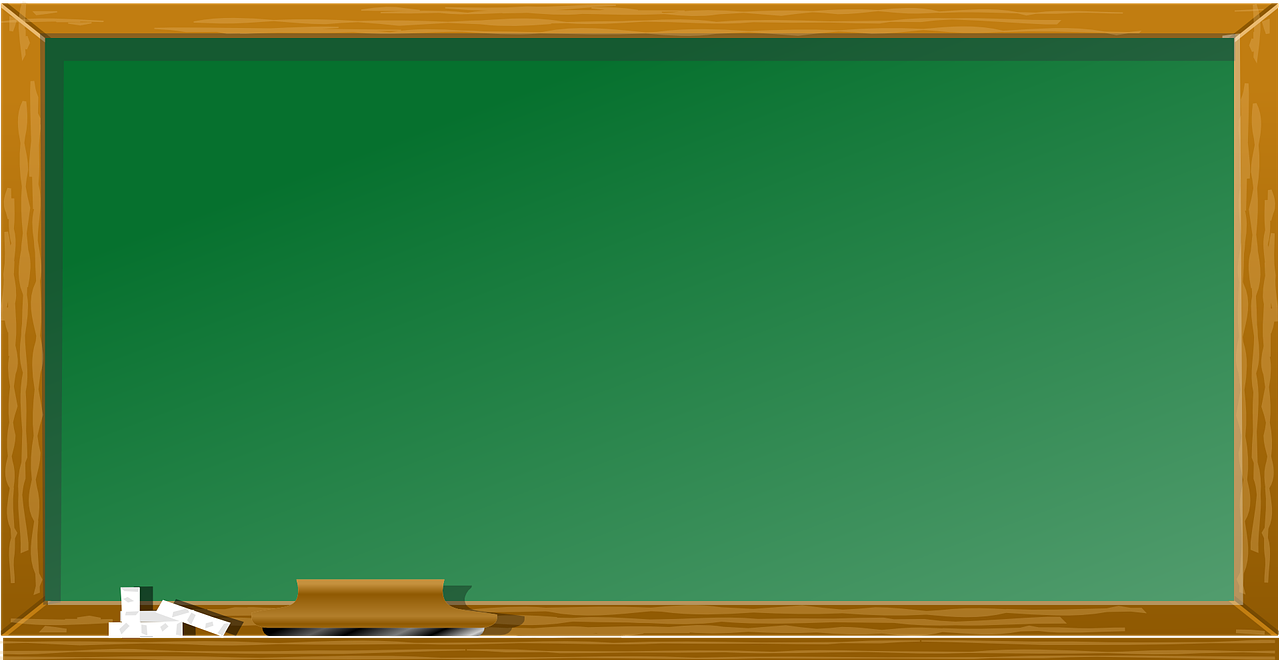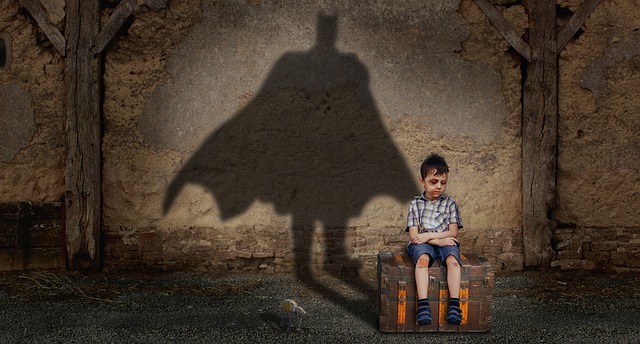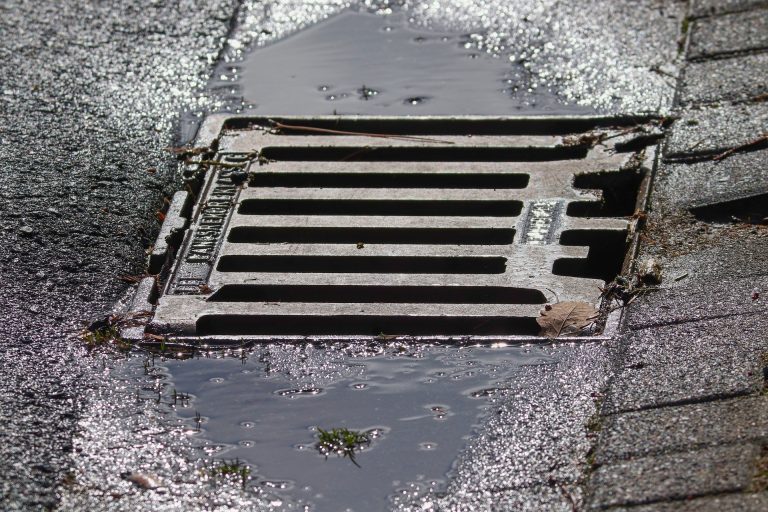How To Make A Murphy Bed With Existing Queen Bed
A Murphy bed is perfect solution to tight living spaces and homes that aren’t quite big enough to house full-sized furniture. But what do you do if you already have a queen-sized bed? Adding on another mattress or futon isn’t exactly practical, but with some creativity and initiative, you can easily transform your existing bed into a murphy bed, saving space in the process! This article shows you how to make a murphy bed with an existing queen-sized bed.
How Do You Make A Queen Bed Murphy?
It can be done, but it’s going to take some planning and craftsmanship. You’re also going to need a spare room or an extra bedroom in your house that has enough space for this project. It is highly recommended that you read the Murphy Bed assembly instructions before getting started as they’ll give you all the step-by-step instructions on how to do this so you don’t have any surprises come time to put the bed together.
A Brief History Of Murphy Beds
The Murphy Bed was invented in 1906 by William Lawrence Murphy and gained popularity after World War II because of the housing shortage. The design remains popular today for apartment living or people who move often. IKEA released its own version, the ‘Malm Bed’, as early as 1939. This particular type of fold-away bed was originally called an accordion-style bed, which is exactly what it looks like when in use: an accordion-like folding door that folds over against the wall and makes room for a workspace on one side and the bed on the other.
How TO BUILD THE BASIC FRAMEWORK
The first step in making a Murphy Bed is gathering your materials. This includes: plywood for the base, screws, a hammer, and brackets (or hinges). First measure the space between the two uprights of your current bed frame so you can cut two pieces of plywood at that length. Next you will put one piece of plywood on the ground and set the other piece vertically against it as though they were both panels.
How To Get Your Mattress In Place
A Murphy Bed is the perfect solution for homes where space is at a premium. Murphy beds, which typically come in one size (queen), consist of two frames: an upper and lower. The top frame folds down against the wall, hiding away inside its base. This allows you to use all available floor space when it’s folded up, but still have room to store items when it’s in use. One of the best parts about this type of setup is that you don’t need much more than an easily-installed door or window and a sturdy box spring Or Coil Mattress (Or Even Just An Air Mattress) In Order To Convert Your Bedroom Into An All-Inclusive Guest Suite.
Making It Look Nice And Add Safety Features
Murphy beds are easy to assemble and disassemble but they do not offer any safety features. With simple modifications, you can create a safe, stylish bed that is also easy to store. The key component of this project is the Murphy Bed hardware kit. These kits come in two main styles:
- Headboard Brackets that mount on the wall above your headboard
- Corner Brackets which attach to the bottom of your headboard so you don’t need to attach anything up high. I found it easiest to use corner brackets because then I didn’t have worry about hitting my head on the mounting bracket when getting into bed.
Things You Should Know About Murphy Beds
Making a Murphy bed requires the appropriate tools and knowledge of basic carpentry. From creating the perfect measurements to assembling, this is an involved process that requires you to know how the final product will work. But, if you have the right tools and knowledge, it can be done in less than two hours. The great thing about Murphy beds is that they’re easy enough for anyone who’s willing to put in a little time.
Final Thought
Making your own Murphy Bed may seem daunting but it doesn’t have to be. Here are the tools you will need, steps for measuring and cutting out your furniture and instructions on how to assemble. This bed can be assembled in two hours or less!
A staple gun, drill/driver set, jigsaw, circular saw (all optional), chop saw (optional), square or protractor for accurate angle cuts, cordless drill.
Tape measure and square or straight edge are necessary. A marking pencil is recommended but not required.







